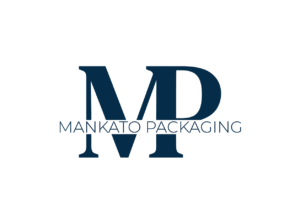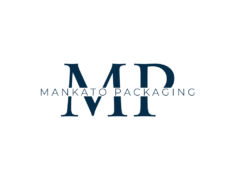Custom Packaging Design
WHEN YOU AREN’T SURE WHERE TO START
While all of our paperboard cartons are custom created for each individual client, sometimes your product requires something even more personalized. Our product team will work directly with you to understand your unique packaging needs. Our dedicated packaging experts will help you understand the advantages of paperboard cartons as well as guide you through the design and printing process. Whether you’re packaging an early life cycle retail product or a craft beer, we offer packaging solutions that will have customers reaching for your brand first.
If you’re not sure where to start, you’re in the right place! Connect with a packaging expert today to start creating your custom packaging solution.
Below are just a few of the options available to our customers. Our team specializes in creating customized packaging tailored to your business goals.
Hanger
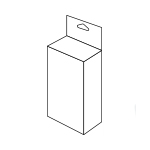
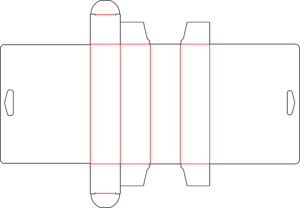
Walker Lock Tray
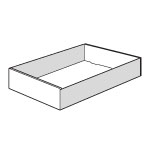
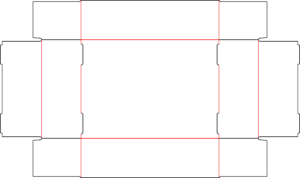
Sleeve
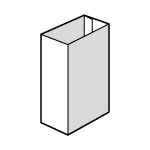
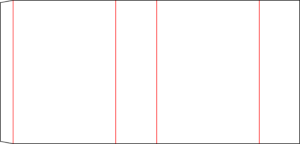
Custom Packaging Design
WHEN YOU AREN’T SURE WHERE TO START
While all of our paperboard cartons are custom created for each individual client, sometimes your product requires something even more personalized. Our product team will work directly with you to understand your unique packaging needs. Our dedicated packaging experts will help you understand the advantages of paperboard cartons as well as guide you through the design and printing process. Whether you’re packaging an early life cycle retail product or a craft beer, we offer packaging solutions that will have customers reaching for your brand first.
If you’re not sure where to start, you’re in the right place! Connect with a packaging expert today to start creating your custom packaging solution.
Below are just a few of the options available to our customers. Our team specializes in creating customized packaging tailored to your business goals.
Hanger


Walker Lock Tray


Sleeve


Our Services
FAQs
HOW MANY COLORS CAN MY ARTWORK INCLUDE?
We print anywhere from one color to full color jobs.
WHAT ARE YOUR MINIMUM AND MAXIMUM ORDER QUANTITIES?
Our services are highly customized to each of our customers’ individual needs. Give us a call to discuss your packaging needs, we can provide you with a free quote for your project.
DO YOU HAVE PLAIN STOCKED BOXES IN SPECIFIC SIZES?
All our designs are completely customized to fit your needs. Our team is excited for the opportunity to assist you!
CAN YOU DESIGN MY ART?
We can work closely with your design team to bring your vision to life or connect you with a third party designer to provide you with turnkey artwork solutions! Our prepress and packaging design team can make small adjustments to existing artwork as well.
HOW LONG DOES IT TAKE TO PRINT MY PACKAGING?
Because Mankato Packaging prioritizes personalized service, we pride ourselves on quick turnaround times for our custom packaging.
PHONE
507.388.7999
BUSINESS HOURS
Mon-Thu 7:30am-4:30pm CST
Fri 7:30am-12:00pm CST
